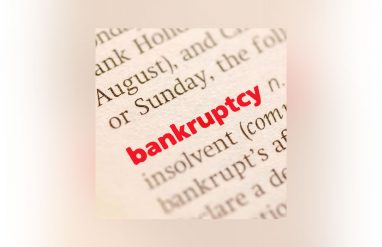On Saturday, August 3, a gunman in El Paso, Texas, took the lives of 22 people and injured many more. The next morning, another shooter claimed 9 victims in Dayton, Ohio.
As people were processing these massacres, many turned to the dictionary. We observed lookups for one term, stochastic terrorism, surge 63,389% on August 4, as compared to the week prior.
Topping searches on https://t.co/OeJELgy3YL today:
Stochastic terrorism
Manifesto
Screed https://t.co/QeGqXIpfcf— Dictionary.com (@Dictionarycom) August 4, 2019
Let’s break down this phrase.
What does stochastic terrorism mean?
Stochastic terrorism is “the public demonization of a person or group resulting in the incitement of a violent act, which is statistically probable but whose specifics cannot be predicted.”
The word stochastic, in everyday language, means “random.” Terrorism, here, refers to “violence motivated by ideology.”
Here’s the idea behind stochastic terrorism:
- A leader or organization uses rhetoric in the mass media against a group of people.
- This rhetoric, while hostile or hateful, doesn’t explicitly tell someone to carry out an act of violence against that group, but a person, feeling threatened, is motivated to do so as a result.
- That individual act of political violence can’t be predicted as such, but that violence will happen is much more probable thanks to the rhetoric.
- This rhetoric is thus called stochastic terrorism because of the way it incites random violence.
Why are people searching for stochastic terrorism?
Search interest in stochastic terrorism appears to have been influenced by Juliette Kayyem, who previously served in the Department of Homeland Security as Assistant Secretary for Intergovernmental Affairs.
Among other instances, Kayyem notably used the term stochastic terrorism on Twitter, on CNN, and in an op-ed for the Washington Post to discuss the El Paso shooter, President Donald Trump, and white supremacy.
Before the attack, the shooter appears to have posted what’s widely being called a “screed,” containing racist, anti-immigrant language and ideas that, some are arguing, directly echo Trump’s rhetoric (e.g., an “invasion” of immigrants).
Kayyem, and others in recent days, have characterized Trump’s rhetoric as stochastic terrorism. As Kayyem wrote in the Washington Post:
Public speech that may incite violence, even without that specific intent, has been given a name: stochastic terrorism, for a pattern that can’t be predicted precisely but can be analyzed statistically. It is the demonization of groups through mass media and other propaganda that can result in a violent act because listeners interpret it as promoting targeted violence — terrorism. And the language is vague enough that it leaves room for plausible deniability and outraged, how-could-you-say-that attacks on critics of the rhetoric.
Where does the term stochastic terrorism come from?
While evidence for the term dates back to at least 2002, the term stochastic terrorism, as we are using here, spreads in the 2010s, popularly credited to a blog post in 2011. Terrorism experts, security analysts, and political observers have been increasingly using the term stochastic terrorism in the late 2010s, especially in terms of how rhetoric from political and religious leaders inspires random extremists, typically young men considered to be radicalized by ISIS or white supremacist groups.
We are no strangers, alas, to significant spikes in search for stochastic terrorism. The term trended up over 9,000% last October on Dictionary.com amid discussion of the news that bombs were being mailed to Democratic leaders.














